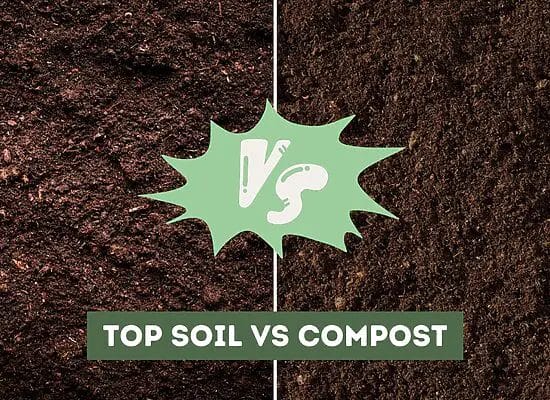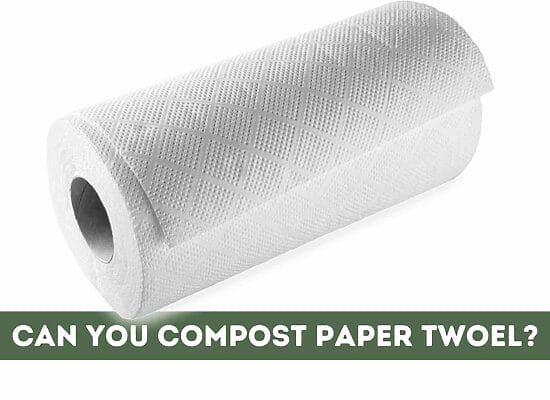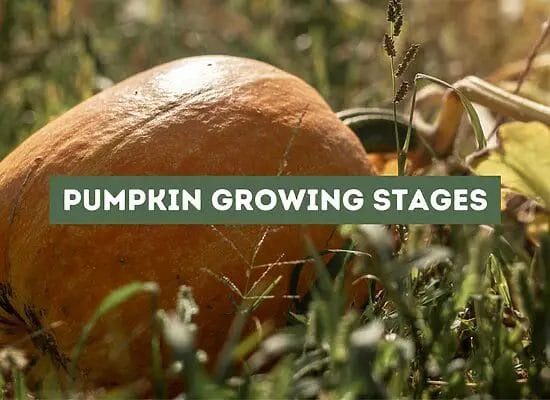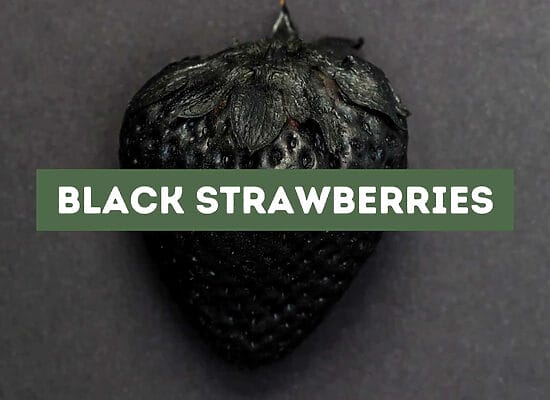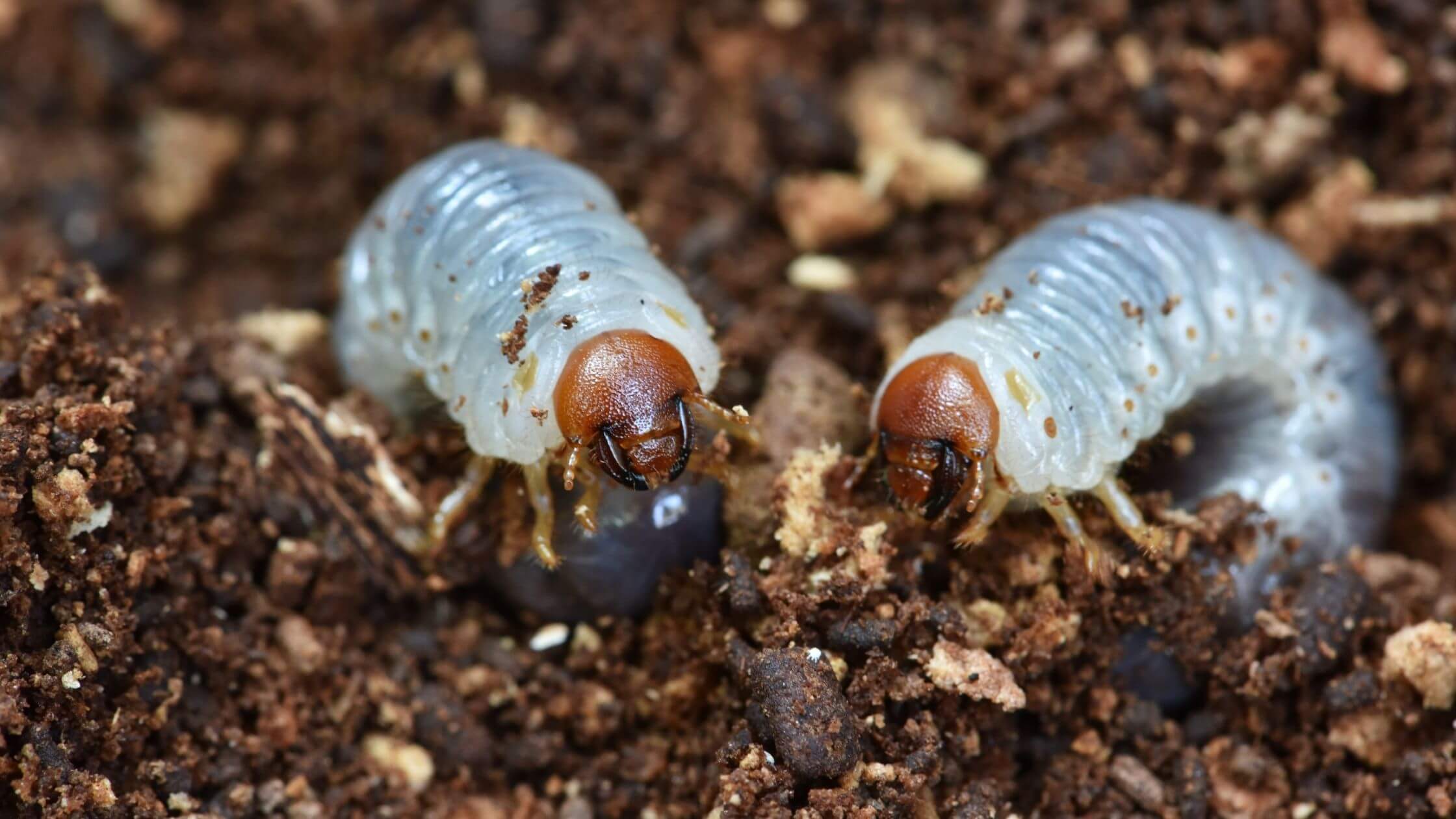
Grubs are one of the most destructive pests in a lawn. They can destroy your grass roots and cause damage to the turf. Grub worms are a type of larvae used for fishing bait or composting purposes. These worms can be found in your lawn and will eat at the roots of any plant you have.
If you want to keep them away from your plants, it is important to know what they are and how they work so that you can take action against them.
The best defense against these creatures is prevention which means not allowing grubs or other pests into your yard in the first place by keeping it clean and well-maintained with healthy soil through proper watering practices, for example.
What causes grub worms in the yard?
Grub worms can be found in your yard and are larvae that come from the eggs of a lawn beetle.
It all starts with eggs laid by an adult female beetle that a male beetle has fertilized during a mating flight over your lawn or other turfgrass areas (the beetles fly about 20 feet high).
Grub worm season is typically between April to September but may vary depending on location. If you have patches of browning or dying grass caused by grubs eating away at the root system, you should look for them.
What do grub worms turn into?
Grub worms turn into beetles which is why they’re so dangerous because it means that once you see them, there’s no getting rid of them until they finish their life cycle.
Fortunately for us, grub worms only live on top of the ground for around two months before turning into beetles, where they then go underground to lay their eggs which takes about six weeks before hatching out as grubs again!
Grubs need cool moist soil conditions that provide food and shelter for them as they grow into adults which emerge from the ground as beetles or fly-like insects during late spring or early summer depending on species.
It sounds like a never-ending cycle, but luckily we know how to protect ourselves from these creatures.
How do you identify grubs?
Grub worms can be identified by their white and cream-colored body with brown heads.
They are usually about 1 inch long but can grow up to 1 ½ inch long, depending on when you find them (they grow at different rates) and what the amount of grass root they eat.
They have three pairs of legs behind their head which help them move, but their main method of getting around is by tunneling through the soil.
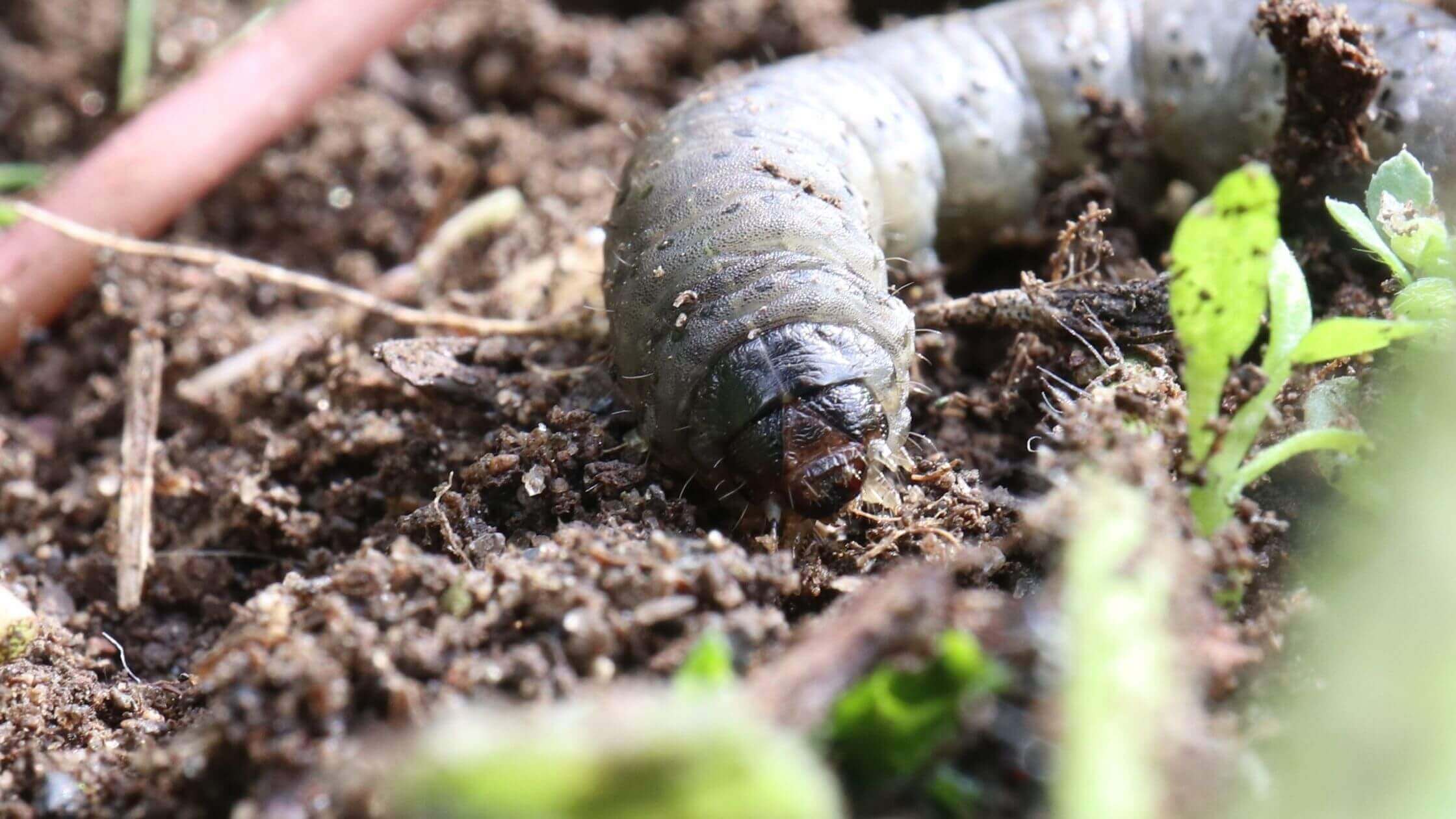
How do I know if my lawn has grubs?
No doubt you’ve seen the damage on your lawn and wondered what had caused it. Maybe you thought that some animal was digging up your turf or that a neighbor’s dog had been running free in your yard.
The larvae stage can be found in the soil during the early spring and summer months. The larvae then molt into a pupa, and they turn into beetles.
The best way to identify whether you have grubs is by looking for signs such as large patches of dead grass, irregularly shaped bare patches with brown edges, mounds of earth near tree stumps where the soil has been disturbed by feeding activity, beetles on turf, and larvae in the soil.
Be sure to inspect your entire lawn for brown patches and dead grass that could be a result of grubs chewing away at the roots. If you have identified damage, call a professional who can advise you on treatment options. Although grub infestations can be difficult to control, there are many organic remedies to try.
What does grub worm infestation look like?
A grub worm infestation leaves your lawn looking pretty bad. The damage can look like patches of bare or thin grass that is dry and brown, or other types of green grass with holes in it that are yellow, white, rust-colored (or black) that look like they have been cut out of the grass.
Will grass grow back after grub damage?
In some cases, the grub infestation may lead to a complete loss of turf from an area where it has been present for a long period of time.
Grass can grow back after grub damage but you will need to remove the dead grass with a rake first. Then you will need to aerate the soil. Add new soil and some fertilizer to the spot and make sure that you water it well. Keep in mind that your lawn will need time to rebound.
You may want to re-seed dead patches to prevent soil erosion and improve the appearance of your yard. Make sure to choose the seeds that match your current lawn.
It is helpful to keep the soil moist with frequent watering through the summer after removing the dead grass so that seeds have a good chance of germinating and growing new grass.
Do grubs come back every year?
Grubs can come back every year because the female beetles lay eggs in the lawn. You may not see them, since they are underground. The grub infestation can last until all of these eggs hatch into larvae and continue their life cycle without causing any more damage to your lawn.
How do I kill grubs in my lawn?
In order to get rid of grubs that are already in your yard, you will need to feed them something they can’t resist. With certain chemicals and pesticides, you can attract the grubs, kill and dispose of them easily.
To get rid of grubs, you will need to purchase a chemical fertilizer like Scotts GrubEx. You will need to apply this in early spring before they hatch and again in mid-August so that the larvae eat it instead of your grass roots.
Another common way to kill them is by using Milky Spore, which is an organic pesticide that you spread on your yard which poisons the grubs when they eat it. You need to apply Milky Spore during July, August, and September every year for about ten years to establish the bacteria in your yard.
Another option is a granular bait insecticide which you sprinkle like salt over an area of about 100 square feet (4″ strip).
Whatever method you choose, it’s important to take action now because if there are grubs in your lawn, they have already spread and might be eating away at the roots of other plants in your yard.
What is the difference between grub killer and grub preventer?
Grub killer is a product that contains insecticide mixed with an attractant, which is used by turf managers to kill grubs before they ever reach adulthood.
A preventer will use an organic pesticide or sprays that contain natural ingredients like garlic oil, citrus oil, pyrethrum extract, neem oil, or essential oils (clove, rosemary).
The difference between these products is that while grub killers need to be applied more often than preventers because they only last for about two weeks before it needs reapplication whereas the preventers typically last for six months at a time when applied correctly.
Both preventers and grub killers typically come in granule form or spray bottles. They will need to be watered into the soil so they can penetrate deeply into the grass roots.
It is also important that you do not place them near plants since it can damage your flowers and vegetables and aquatic animals like fish and amphibians.
How long does grub control last?
Grub control should be done when you see the signs that grubs are actively damaging your lawn in June or July.
These treatments kill off live larvae which is more effective than controlling an infestation after it’s happened.
The applications must be done at least twice within a two-week period.
Do grubs bite humans?
Grub worms aren’t known to bite humans and are not poisonous to them. However, grubs are known to carry a parasitic roundworm which can be passed on to humans through long-term contact with the soil and is harmful if eaten raw or undercooked.
This means that it’s important to wear gloves when working in flower beds where grubs may be present as well as washing your hands thoroughly after gardening or landscaping.
In Conclusion
The best defense against these creatures is prevention which means not allowing grubs or other pests into your yard in the first place by keeping it clean and well-maintained.
If you see them, be sure to take action as soon as possible before they can do any damage. This will ensure that your lawn stays healthy and lush for years to come!
Now that you know what grubs are and how they work, it is time to take action.


